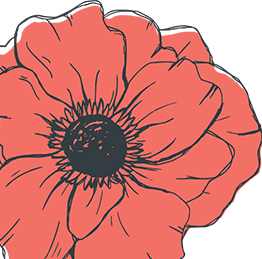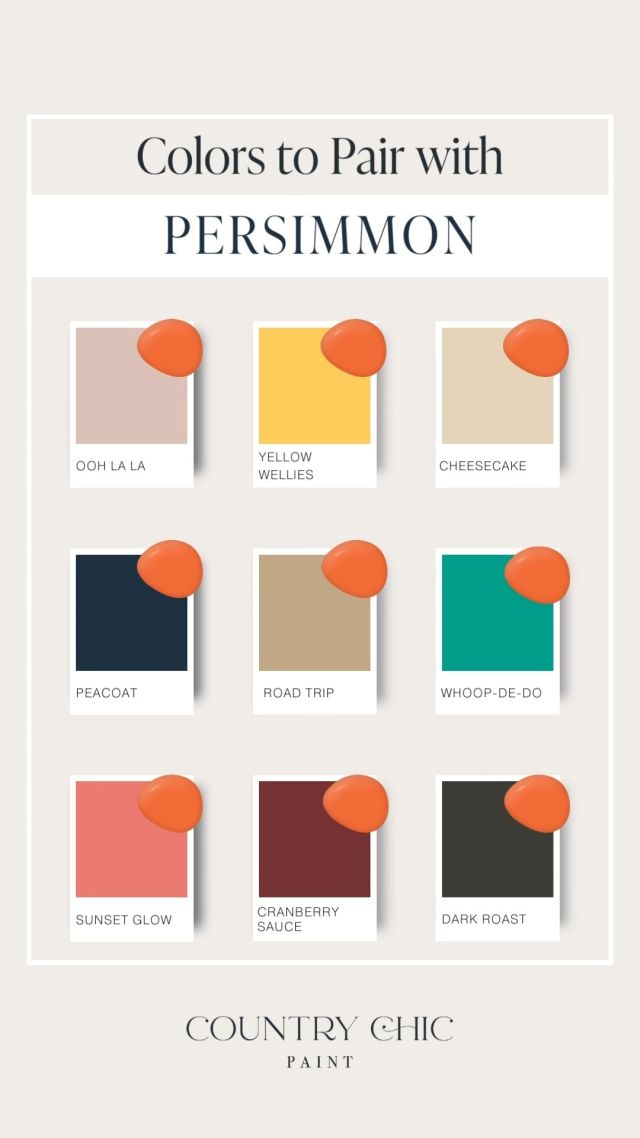The 3 Most Popular Distressing Techniques for Furniture
The 3 most popular techniques to distress your beautiful piece of furniture are:
- Wet-Distressing
- Dry-Distressing
- The “Resist” Technique
You’ll probably find that one of these distressing techniques is going to become your go-to technique for most of your projects. Do keep in mind that you’ll likely get different results every time and the look you create might be very different from the examples. This is what makes it fun and interesting as you can truly create a unique look!
Keep this in mind before starting your project:
1) The best temperature to apply paint is room temperature. That’s also the best condition to let your paint dry. If it’s too cold or humid, the paint will take longer to dry, so just keep that in mind.
2) Try out the below techniques on “sample boards” so you can get familiar with them before using them on a piece of furniture.
Click here to read how to properly prep your piece before you start painting.
Wet-Distressing Technique
This is a popular technique for when you’re layering colors, because you can use it to create a “natural” looking worn effect without any messy dust!
Watch this video to see Rosanne wet distressing to reveal Lazy Linen beneath Vintage Cupcake.
To find out how to use multiple colors for a truly shabby-chic look, watch this tutorial!
Step 1) The first coat

Apply one coat of paint to your piece; let it dry completely. We recommend letting the first coat dry for at least 24 hours when you are using the wet-distressing technique. Make sure that your first coat of paint is properly cured so that it won’t come off when you distress it.
Step 2) The second coat

Apply a second coat in a different/contrasting color. Wait about 1-2 hours until the paint is dry to the touch.
Remember that even though the paint feels dry, it’s still fresh and it hasn’t reached its full “hardness” yet. That’s what you’re taking advantage of when you’re using the wet-distress technique.
Step 3) Distressing

Once your final paint coat is dry, grab yourself a bucket of water and a lint-free rag or scouring pad (kitchen scrubby). Make sure that your cloth is nice and wet, but not so much that it drips. Use the wet rag to gently rub across the surface in a back & forth motion.
Make sure to apply only a little pressure at first, because you don’t want to take off more of the paint layer than you intend. You can always apply more pressure if you’d like. You can choose to distress only the edges of your piece or to distress it on the flat surfaces as well. Play around and have fun!
What if it comes out too heavily distressed? No worries! You can always choose to cover with another coat of paint (same color as your second coat) and start the distressing process again.
Other tools & tips
The longer you wait, the harder the paint will dry, and the harder it will be to rub off. So, it’s best to not wait too long before you distress your piece. Try it at 15-20 minutes and see how it feels! If it’s coming off too much, let it dry longer. If you’ve waited too long and the paint has dried on too hard, try using a lightly abrasive kitchen scrubby instead of a damp rag.
Dry-Distressing Technique
This is a great technique to use when you’re using a single color on a piece of furniture and want to expose the original wood layer underneath.
Step 1) First Coat

Apply one coat of paint to your piece; let it dry completely. If you’re painting a piece made of raw or primed wood or MDF, then it’ll likely be ready for its second coat within an hour.
If you are painting a previously painted surface, then it’s better to give the paint a good chance to cure. For laminated wood we recommend a light sanding before the first paint coat, and curing for at least 24 hours before applying your second coat.
Step 2) Second Coat

If needed, apply a second coat in the same color to get the desired amount of coverage. Wait about 1-2 hours until the paint is dry to the touch.
Step 3) Distressing

Once your final paint coat is dry, you can start distressing it with fine-grit sandpaper. You can start with 180 grit sandpaper to see how you like the look, but feel free to experiment with other grits. The higher the number, the finer the sandpaper. You just don’t want to use sandpaper that’s too coarse as it won’t look natural, and it’ll leave visible marks on the un-distressed parts of your piece.
Tip: instead of plain sandpaper, we’d suggest sanding sponges or a sanding block. These will be a lot easier to work with than plain sandpaper. They’ll also be less likely to leave visible marks on your surface.
Make sure to apply only a little pressure at first, because you don’t want to take off more of the paint layer than you intend. You can always apply more pressure if you’d like.
Other tools & tips
Instead of using sandpaper, you can also play around with a palm sander, and even a paint scraper.
Use a damp rag to wipe away excess dust regularly so you can see how much paint you’ve actually removed.
The “Resist” Technique
Use the “resist” method to create a chippy paint look. It’s super easy to do when you follow these steps:
Step 1) First Coat

Apply one coat of paint to your piece (in this case we chose Bliss) and let it dry completely. If you’re painting a piece made of raw or primed wood or MDF, then it’ll likely be ready for its second coat within an hour.
If you’re painting a previously painted surface, then it’s better to give the paint a good chance to cure. For laminated wood we recommend a light sanding or even priming before the first paint coat, and curing for 24 hours before continuing on to the next step.
Step 2) Applying the “resist” medium


What you’ll do now is apply a “resist” medium in the places that you’d like the second paint layer to come off. Our medium of choice is our Beeswax Distressing Bar. You could also experiment with our Clear Wax, petroleum jelly, or candle wax.
Rub the Beeswax Distressing Bar on a few sections of your piece. The wax is going to resist the second paint layer in those places and the paint will come right off when you distress it. Generally, you’ll want to apply the Beeswax Distressing Bar to areas of your piece that would naturally get more wear and tear such as edges, corners, and any raised detailing.
Step 3) Second coat

After applying the Beeswax Distressing Bar you can immediately apply a second coat of paint in a different color. Wait about 1-2 hours until the paint is dry to the touch.
Step 4) Distressing

Once your final paint coat is dry, you can start distressing it with either a wet rag or fine-grit sandpaper. Try using a combination of these methods, and use both a wet cloth and a sanding sponge to create the look you want. (See more about these techniques in the wet-distressing and dry-distressing sections above).
You’ll see that the second paint coat will come off easily in areas where wax was applied to reveal the first coat of paint, giving it a distressed, shabby chic look!
Other great tutorials worth reading:
Did you enjoy our video tutorial? Make sure to Subscribe to our YouTube channel to get access to all our videos!
We would love to hear what projects you’re working on, so make sure to leave a comment or post a picture of your project to our Facebook page or Instagram (@countrychicpaint)!













